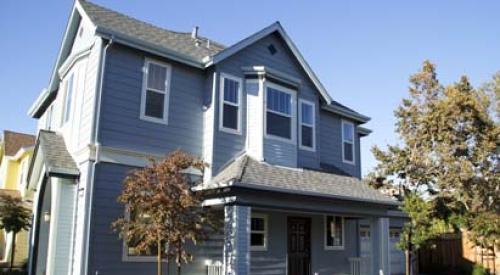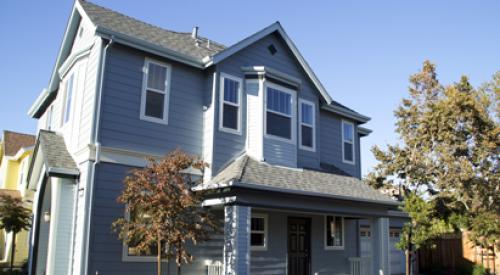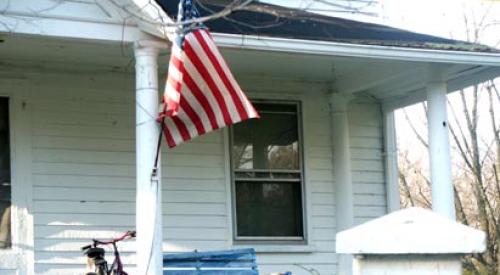|
Heather McCune's Editorial Archives
|
In its just-released 1999 report, "Who’s Buying Homes in America," Chicago Title Corp. offers profiles of first-time and repeat buyers and the impact--past, present and future--of each on the housing market.
In 1997 low interest rates caused substantial increases in the numbers of minority and single, never-married buyers, which then helped fuel a second straight record year for total home sales. Interest rates dipped even further in 1998, to lows not seen for 30 years, but the increases for these two buying groups was much more moderate because both already had flooded the market in the previous 12 months. In 1999, total homes sales increased by 6% to a record-breaking 2.20 million from 2.07 million in 1998. However, the gradual rise in interest rates caused a 2.7% decrease in market share for single, never-married buyers. And while minority buyers made gains in home sales in 1999, their 4.5% increase was below the per-centage increase for total home sales (6.0) for all buyers.
First-Time Buyers
The average first-time home buyer in 1999 was 32 years old, made $61,100 per year, had an average family size of 2.7 and spent 2.2 years saving to buy a home. After taking 4.8 months to look at roughly 12 homes, the average first-time buyer took out a mortgage for ap-proximately 28.5 years and made a down payment equal to 12.6% of the home’s purchase price.
More than one in six first-time buyers bought new homes in 1999, making up 17.7% of first-time purchases compared to 16.8% in 1998. The overwhelming majority chose single family homes, 80.9%, versus condominiums, 19.1%. Overall, the median home price for first-time buyers went up 5.7% to $150,300 from $142,200. The average home price recorded similar growth of 5.2% to $174,000 last year from $165,400 in 1998.
While first-time buyers purchased more expensive homes in 1999, their household in-come increased at a higher rate, yet the amount they put down as a down payment decline slightly. This caused monthly mortgage payments to rise though the net result was a decline in monthly payments as a percentage of after-tax income.
Among first-time buyers, all minority groups experienced a decline in market share with the exception of Asians and the "other" category. The large increases in Asian first-time buy-ers, from 68.1% in 1998 to 74.3% in 1999, largely were due to the accelerated recovery in the big West Coast housing markets such as San Francisco and Los Angeles.
Also notable is the increase in married, first-time buyers--to 61.6% from 58.8%--and the decline in divorced first-time buyers to 8.7% from 9.5%. Two-income families also repre-sented a larger chunk of this buyer demographic--84% in 1999 versus 77.3% a year ago.
Repeat Buyers
More than one in four repeat buyers bought a new home, up to 26.5% from 25% in 1998. These buyers paid only 3.1% more for their home--with a median increase from $189,800 to $195,700. The average home prices increase was more substantial at 5.3%, to $257,300 from $244,300. This disparity between median and average prices indicates that more home sales are occurring at higher price points among repeat buyers. For example, in 1998 4.7% of all repeat buyer home sales were more than $500,000. Last year that percent-age was up to 5.7%.
This buyer category is still dominated by married couples, though their market share dipped from 74.2% in 1998 to 72.7% in 1999. Single and widowed buyers all increased market share.
While the breakdown between single family homes and condominium purchases was nearly identical to 1998, the prices were not. The median cost for single family homes went up 2.1% to $200,300 from $196,100, while the average amount paid increased by 5.5%. For con-dominiums, the median price went up 10.1% to $169,700, while the average rose 4% to $225,100. Repeat buyers willingly bought more expensive single family homes, yet converged more toward the middle of the price curve when purchasing condos.
Heather McCune is the Editor-in-Chief for Professional Builder and Luxury Home Builder. Please email her with any comments or questions regarding her column.
Also See:
Who’s Buying Homes in America
Regional Home Buyer Patterns










